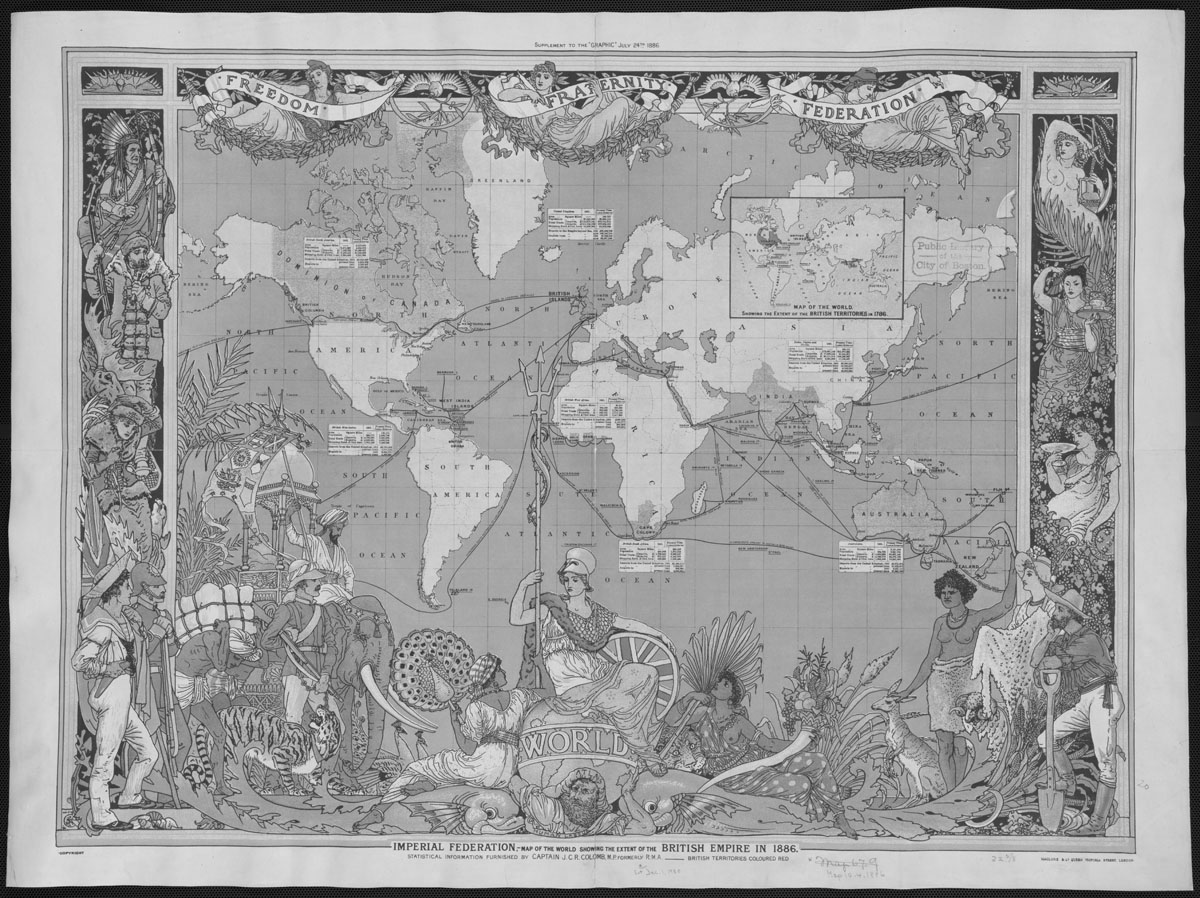A Creole language is defined as a stable natural language that resulted from the mixing of two other languages. There are currently about 100 examples of Creole languages, many (but not all) of which are based on English, French and Portuguese.
Creoles are languages born from pidgins, typically in multilingual regions or where a simplified language serves as a common tongue. Unlike pidgins, which have basic vocabularies and grammar, creoles evolve to meet all the needs of their speakers, often becoming the primary language of a community.
Historical Origins
Many creoles emerged from the disruption caused by events like the Slave Trade. For instance, millions of Africans, speaking various languages, were forced into slavery and had to communicate using simplified forms of European languages. Over time, these pidgin languages evolved into creoles as they became the main languages of their communities.
Modern Development
In the 20th century, creoles continued to develop, especially in urban areas where they facilitated communication between different linguistic groups. Children born into these communities often learned the pidgin as their first language, further solidifying its creole status.
Characteristics of Creoles
- Linguistic Shift: Creoles often arise due to a significant shift in speech communities.
- Influence of Source Languages: Creoles may retain features of their source languages, especially when they exist alongside them.
- Variety: Creoles may vary across a continuum, from deep creole to more standardized forms, depending on factors like region and education level.
- Preservation of Idioms: Creoles often retain idioms and phrases from their pidgin origins.
Examples of Creoles
Creoles can be found worldwide, with each exhibiting unique characteristics shaped by its history and environment. For instance, Afrikaans, a creole language, developed in South Africa and is now one of the country’s official languages.
Implications for Linguistic Study
Studying creoles provides insights into linguistic evolution. For example, the development of creoles from pidgins mirrors historical processes of language contact and change, such as the transformation of Latin into Romance languages like French and Spanish.
Conclusion
Creoles represent the dynamic nature of language, adapting and evolving to meet the needs of diverse communities. By understanding creoles, we gain valuable insights into the complex processes of linguistic development throughout history and across the globe.








